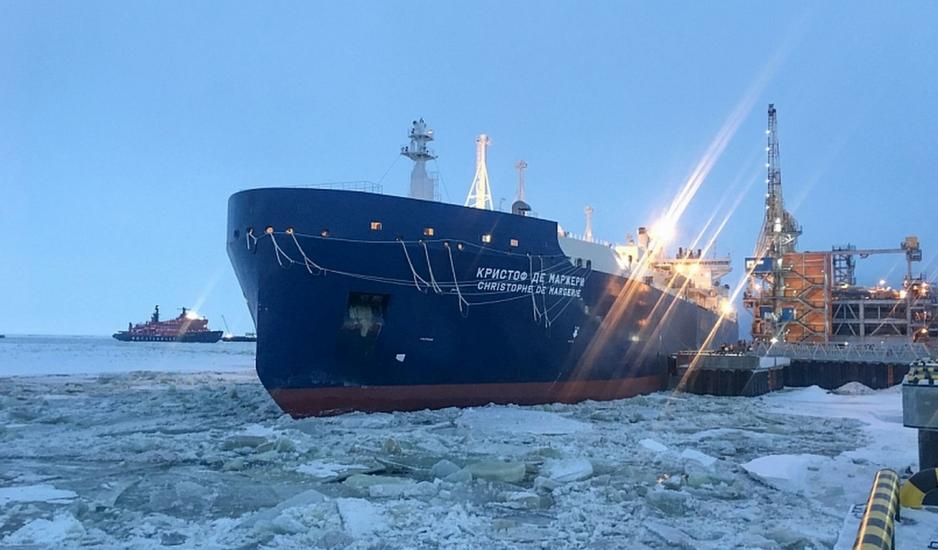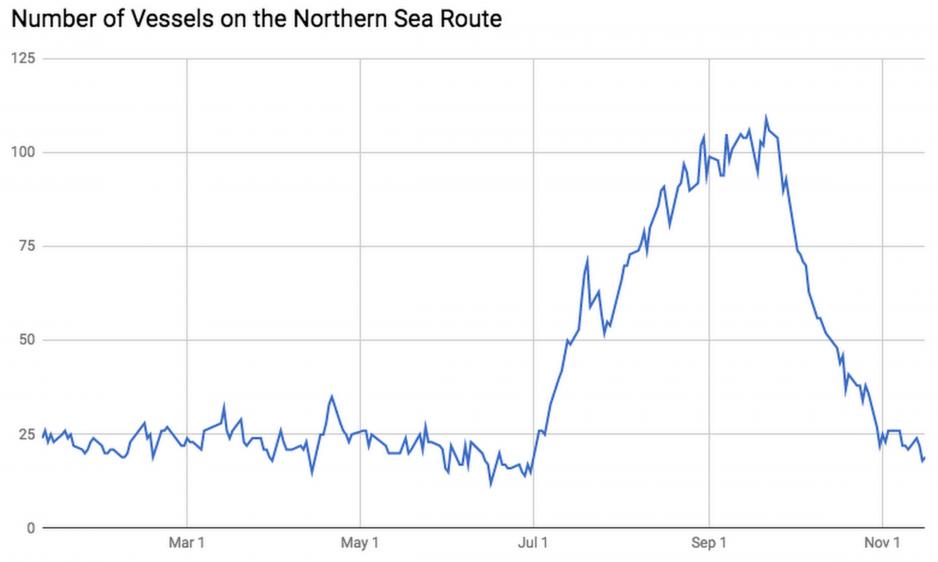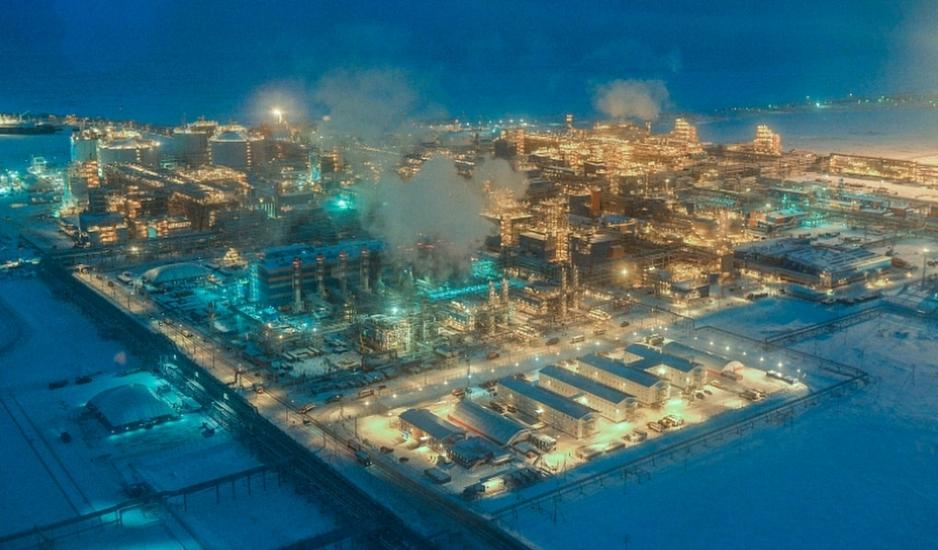Shipping Traffic on Northern Sea Route Grows by 40 percent

Shipping traffic in Russia’s Arctic waters along the Northern Sea Route (NSR) experienced significant growth in 2017. Cargo volume on the route is expected to increase by nearly 40 percent compared to the year 2016.
Total cargo volume on the NSR is estimated to increase from 7.5 million tons last year to 10.2 million tons in 2017 according to Nikolai Monko, deputy director of the NSR Administration. While final figures won’t be released until early next year, as of December 1, nearly 9.7 million tons of cargo already traveled the route. This compares to volumes of 2.8 million tons in 2013, 3.7 million tons in 2014 and 5.15 million ton in 2015.
Four busy months
While sea ice has seen a dramatic decline throughout the Arctic Ocean, the route’s waters remain inaccessible to most vessels during the winter months. During 2017, as in previous years, the bulk of shipping activity on the route occurred during the four months from the beginning of July until the end of October. During these four months the route saw around 70 percent of its annual traffic.
According to the NSR Administration’s daily logs between 12 and 109 vessels operated in the route’s waters on any given day between January 1 and November 15. The busiest day was September 21 with 109 vessels on the route and the period from late August through late September saw consistent traffic of around 100 vessels active on the route. This compares to around 20 vessels per day during the first six months of the year.

As of November 15 more than 300 different vessels have operated on the route conducting more than 1800 voyages to and from 94 different destinations along the route. This compares to 1705 voyages during all of 2016, according the NSR Information Office run by the Center for High North Logistics. The vast majority of vessels, as in previous years, operated under Russian flag, with 75 vessels flying foreign flags. Interestingly, transit traffic was dominated by foreign carriers, with only 6 out of 24 vessels being Russian.
Transit traffic continues to grow
After limited transit traffic in 2014 and 2015 and a slight recovery last year, the number of vessels traversing the full length of the route also appear to have increased slightly in 2017, albeit still far from the peak of 71 transits in 2013. Preliminary data by the NSR Information Office, suggests that 24 vessels transited the route as of November 15.
While final transit figures and their cargo volumes won’t be release until next month, Chinese shipping companies contributed significantly to shipping traffic on the route. More than a dozen Chinese-flagged vessels traveled the route, including five full transits.
Yamal LNG contributes to traffic
In light of the opening of production of Novatek’s Yamal LNG project, delivering natural gas via the NSR, traffic is forecasted to grow even more rapidly over the coming years. "There is full confidence that in the following years the volume of cargo transportation along the Northern Sea Route will grow significantly,” explained Monko at an Arctic seminar last week in Saint Petersburg according to Russian news agency TASS.
Construction traffic delivering materials for the building of the port of Sabetta and the Yamal liquefaction plant contributed significantly to the growth in traffic on the route over the past years. In 2017 nearly 300 vessels called at Sabetta making it the most frequented port by a wide margin ahead of Mys Kamennyy with 178 calls.

First deliveries from Yamal
Already this year gas deliveries from Yamal LNG will add to the traffic volume as the project is expected to make two deliveries before the end of the year. While Yamal’s first delivery was expected to be destined for China, the Christophe de Margerie, carrying the facility’s first LNG, is currently on route to the UK’s Isle of Grain import terminal 60 kilometers east of London where it is expected on December 28. A second shipment will be delivered by its sister ship the Boris Vilkitsky, currently operating in the vicinity of Sabetta, before the end of the year. Regular deliveries under long-term contracts will not commence before April 2018 according to Novatek, with prior sales on a spot basis.
The Arctic LNG carriers, capable of carrying up to 173,000 tons of natural gas, will be the largest vessels routinely traveling on the route. By the time Yamal will operate at full capacity in 2020 up to 200 annual voyages will be recorded and this project alone will account for 16.5 million tons of traffic on the route, more than double the volume of all cargo in 2016. However, the vessels have yet to venture onto the route’s significantly more challenging eastward waters during the icy winter and spring months and prove that a regular and uninterrupted year-round shuttle service is possible.
